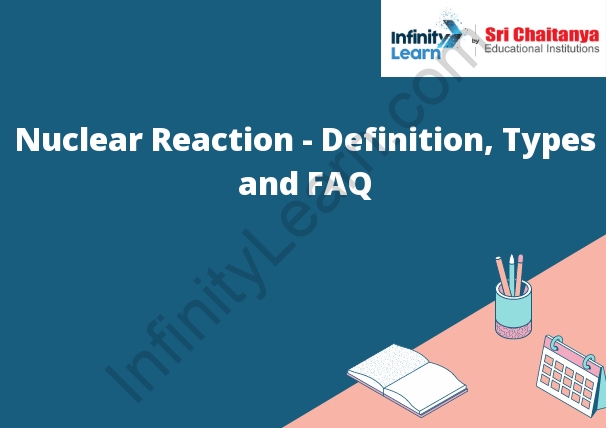Table of Contents
What is Nuclear Reaction?
A nuclear reaction is a process that results in the transformation of one type of atomic nucleus into another. The process usually involves the collision of two nuclei to create a new, more stable nucleus.

Nuclear Reaction Definition
A nuclear reaction is any process that results in the transformation of one nuclide into another. There are two types of nuclear reactions: nuclear fission and nuclear fusion.
In nuclear fission, a heavy nucleus splits into two or more lighter nuclei. This process releases a large amount of energy, which can be harnessed to generate electricity. In nuclear fusion, two light nuclei combine to form a heavier nucleus. This process releases a large amount of energy, which can be harnessed to generate electricity.
Types of Nuclear Reactions
There are three types of nuclear reactions:
1. Fission: This is when a heavy nucleus is split into two lighter nuclei. This releases energy, which can be used to create electricity.
2. Fusion: This is when two light nuclei are fused together to create a heavier nucleus. This releases energy, which can be used to create electricity.
3. Radioactive Decay: This is when a nucleus breaks down and releases energy and radiation.
Nuclear Fission
Nuclear fission is a process that releases energy by splitting atoms of radioactive material, such as uranium, into smaller parts. When these smaller parts, called fission fragments, collide, they release energy. This energy is used to create heat, which can then be used to generate electricity.
Nuclear Fusion
Nuclear fusion is a nuclear reaction in which two lighter atomic nuclei combine to form a heavier nucleus. This process releases energy.
Nuclear fusion is the process that powers the sun. In the sun, the nuclei of hydrogen atoms fuse together to create helium atoms.



